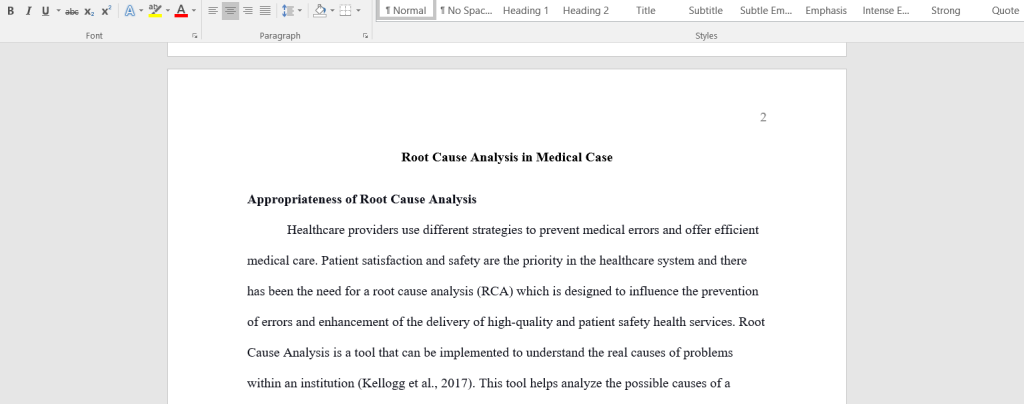Impact of using tools like RCA, FMEA, and PDSA on the quality and safety of patient care.
Multifactorial Medication Mishap Case Study:
The Case A previously healthy 50-year-old man was hospitalized while recovering from an uncomplicated spine surgery. Although he remained in moderate pain, clinicians planned to transition him from intravenous to oral opioids prior to discharge. The patient experienced nausea with pills but told the bedside nurse he had taken liquid opioids in the past without difficulty. The nurse informed the physician that the patient was having significant pain and liquid opioids had been effective in the past. When the physician searched for liquid oxycodone in the computerized prescriber order entry (CPOE) system, multiple options appeared on the list — two formulations for tablets and two for liquid (the standard 5 mg per 5 mL concentration and a more concentrated 20 mg per mL formulation).
At this hospital, the CPOE system listed each choice twice, one entry with the generic name and one entry with a brand name. In all, the physician saw eight different choices for oxycodone products. The physician chose the concentrated oxycodone liquid product and ordered a 5-mg dose. All medication orders at the hospital had to be verified by a pharmacist. The pharmacist reviewing this order recognized that the higher concentration was atypical for inpatients but assumed it was chosen to limit the volume of fluid given to the patient. The pharmacist verified the order and, to minimize the risk of error, added a comment to both the electronic medication administration record (eMAR) and the patient-specific label that the volume to be given was 0.25 mL (5 mg). For added safety, the pharmacist personally retrieved, labeled, and delivered the drug and a calibrated syringe to the bedside nurse to clarify that this was a high concentration formulation for which the volume to administer was 0.25 mL (a smaller volume than would typically be delivered).
Shortly thereafter, the nurse went to the bedside to administer the drug to the patient for his ongoing pain. She gave the patient 2.5 mL (50 mg) of liquid oxycodone, a volume that she was more used to giving, and then left for her break. A covering nurse checked on the patient and found him unconscious — a code blue was called. The patient was given naloxone (an agent that reverses the effect of opioids), and he responded well. He was transferred to the intensive care unit for ongoing monitoring and a continuous infusion of naloxone to block the effect of the oxycodone. By the following morning, the patient had returned to his baseline with no apparent adverse effects.
APA
Answer preview:

Get instant access to the full solution from www.essaycounter.com by clicking the purchase button below.
words limit:798 words
